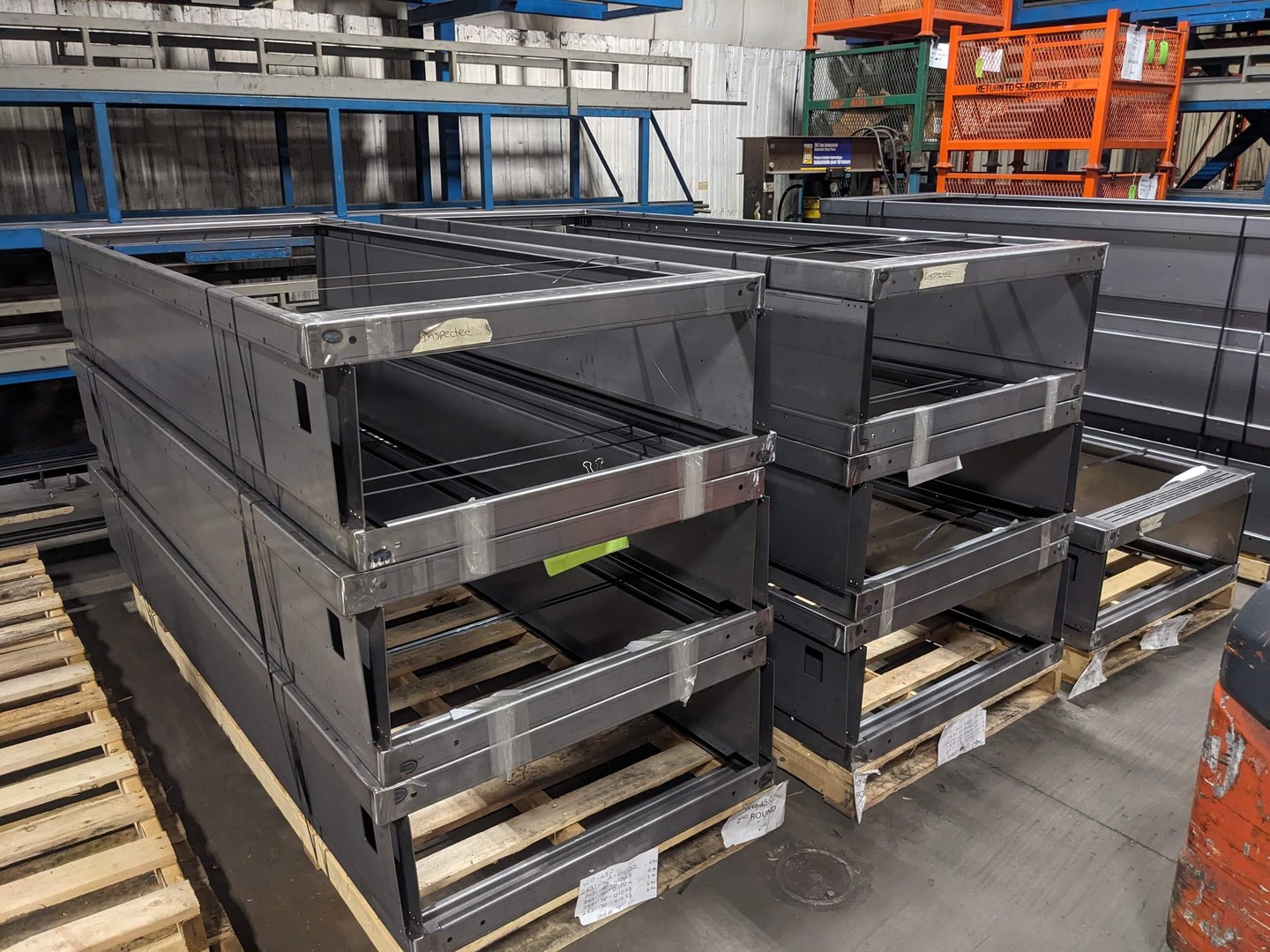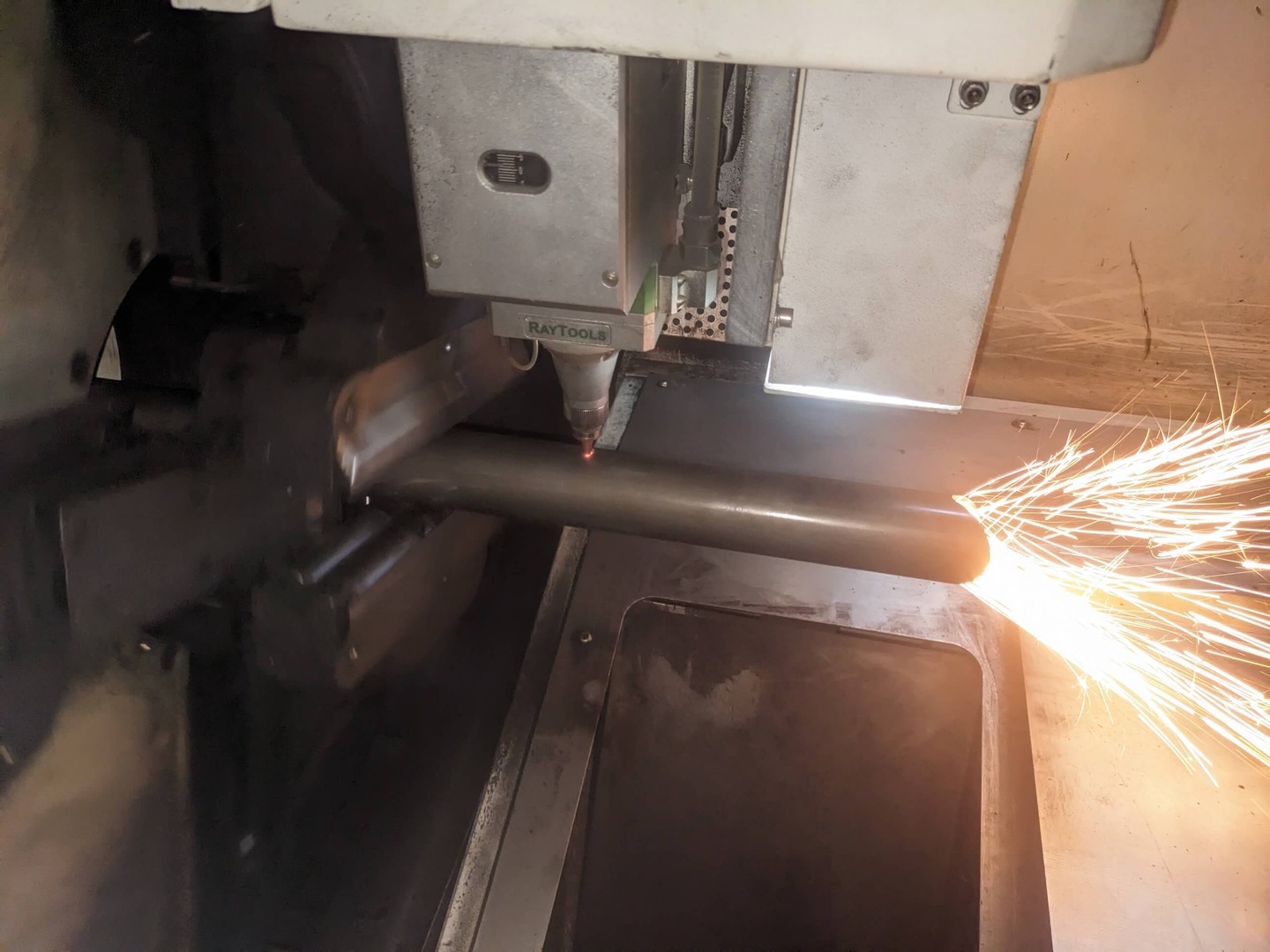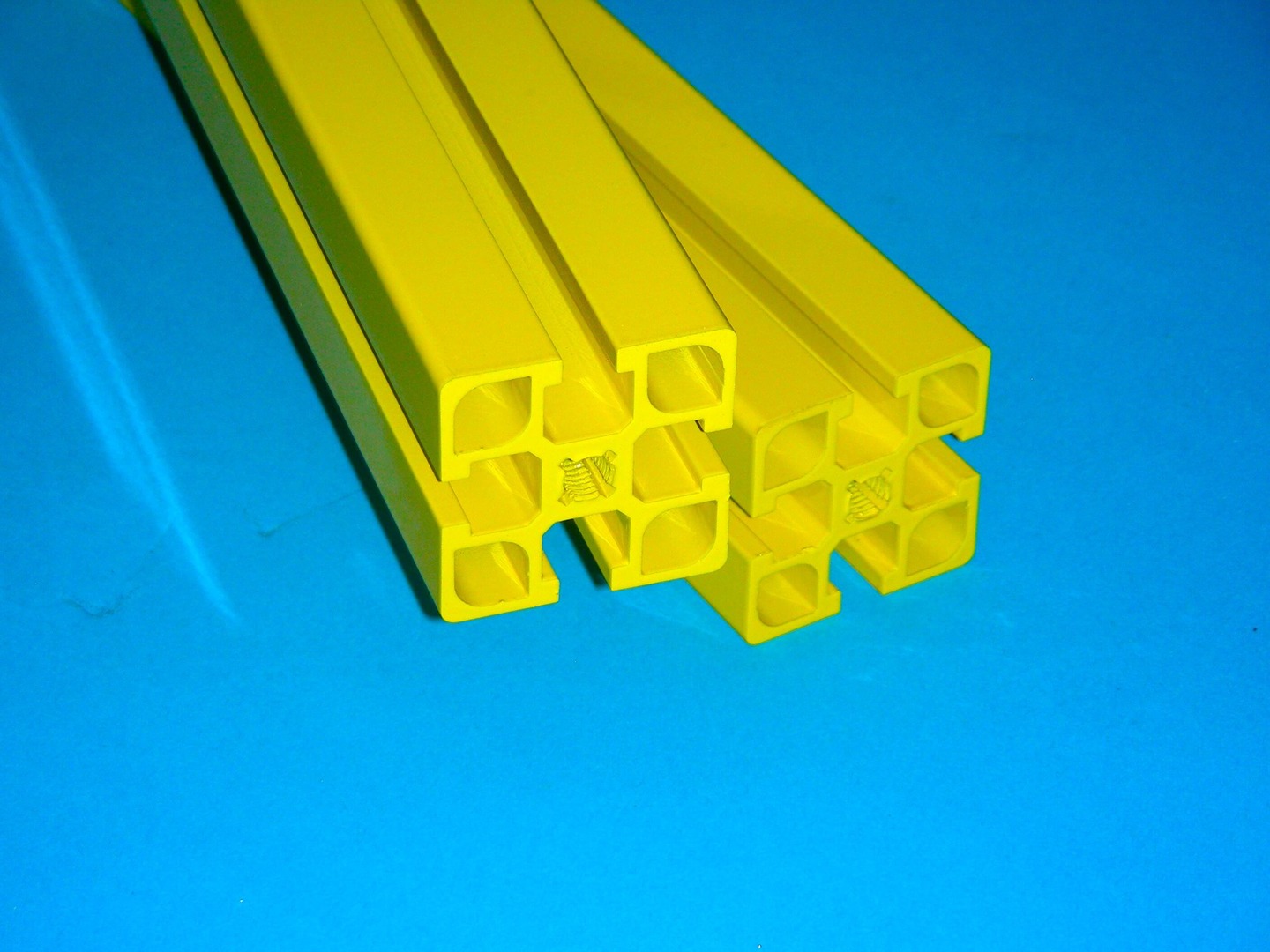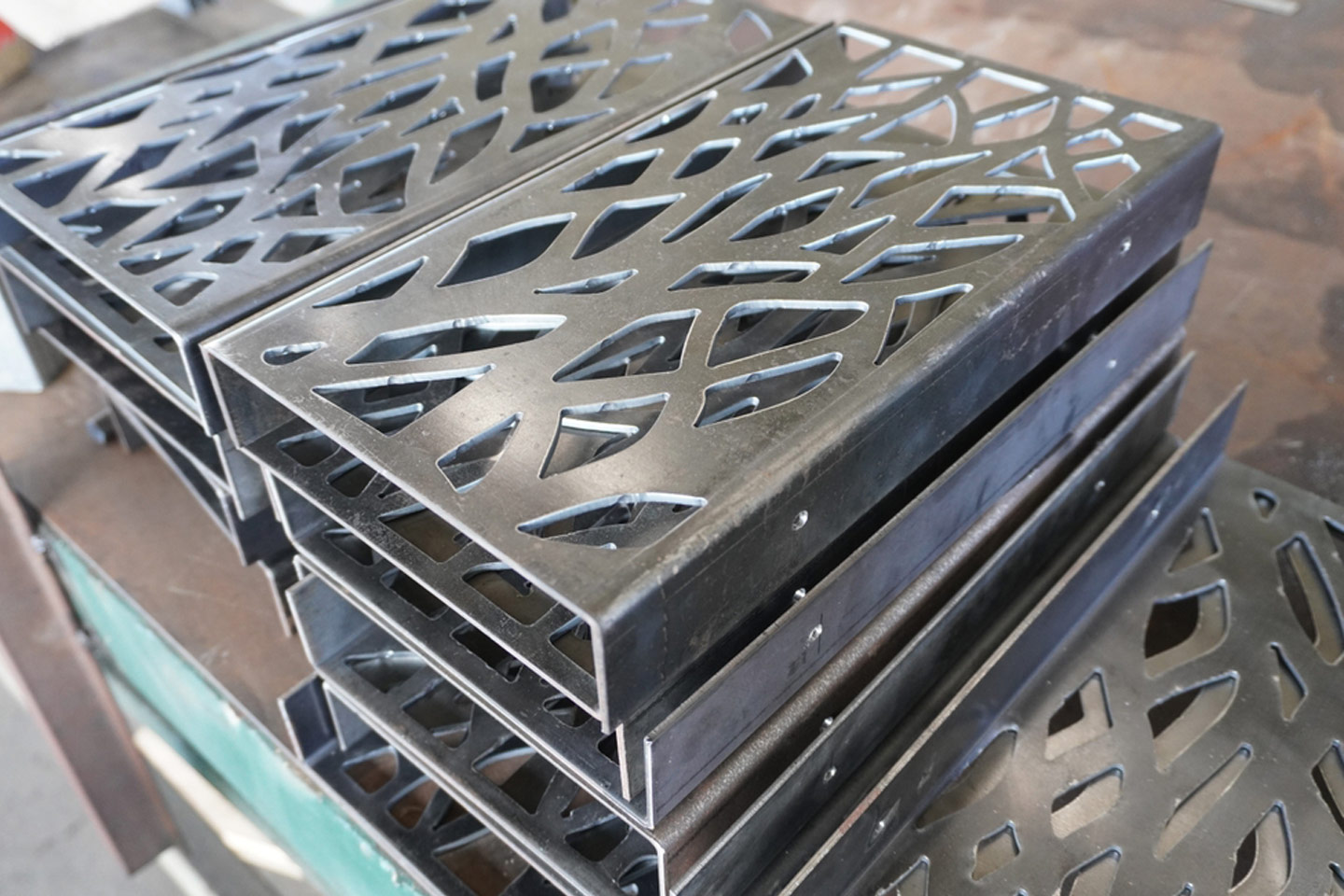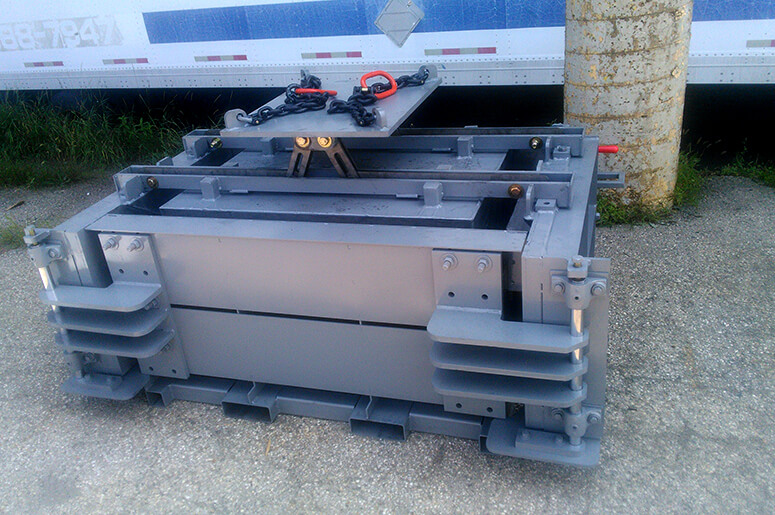In metal manufacturing, bending, welding and machining are only part of the picture. Once a metal part has been made, finishing treatments are often needed to improve durability, performance, appearance, and prevent corrosion. Finishing operations can be critical and failing to consider finishing in the design stage can lead to costly mistakes. Whether searching for a “metal manufacturing near me” or working with large-scale global suppliers, understanding finishing treatments is essential.
One of the most popular finishes is powder coating. This involves electrostatically applying dry powder to a metal surface and then heat curing it to form a protective layer. Powder coating adds a thickness of approximately 2 to 6 mils (0.002 to 0.006 inches) to the surface. It provides excellent resistance to chipping, fading, and corrosion, making it great for outdoor applications. Its primary drawback is that it cannot be easily removed or touched up. The finish thickness while in a range can also not be controlled tightly
Another common finish for aluminum is anodizing. Anodizing creates a controlled oxide layer that enhances corrosion resistance and allows for limited color choices. It typically adds between 0.5 to 2 mils (0.0005 to 0.002 inches) to the surface, depending on the type of anodizing. While this provides corrosion resistance and a clean professional finish. Anodized coatings can crack if the metal is bent or flexed, so doing it last is essential.
For those looking for a darker aesthetic, black oxide is an appealing option. This chemical treatment creates a thin, conversion coating that adds only about 0.1 mils (0.0001 inches) to the surface. Black oxide provides limited corrosion resistance and reduces light reflection, making it popular for vision systems and industrial equipment. However, because it is so thin, it is often paired with an oil or wax coating for added protection. Without this, black oxide alone does not provide little durability. It is primarily a visual finish and cost effective.
Zinc plating is a common steel finish in manufacturing. It adds around 0.2 to 1 mil (0.0002 to 0.001 inches) to the metal surface. Zinc acts as a sacrificial layer, corroding before the base metal. It improves steel corrosion resistance, extending the life cycle of steel parts. It is cost effective with solid corrosion resistance. Zinc chromate is especially corrosion resistant. Zinc plating can be prone to what is called white rust if exposed to moisture for longer periods of time.
For ultimate protection against rust and corrosion, galvanizing is the common go-to choice. This process involves dipping the steel into molten zinc, creating a thick coating that ranges from 3 to 10 mils (0.003 to 0.01 inches) in thickness. Galvanized steel is commonly used in construction, and infrastructure projects for its weather resistance. Its rugged and often rough appearance may not be ideal for many projects. Galvanized coatings tend to develop surface irregularities that are not suitable for precision work. Zinc icicles, hanging drops and flashed over openings are common issues.
Understanding each finish makes a significant difference in the final product’s performance and appearance can not be overstated. Metal manufacturing near me is often focused on the fabrication stage without considering how the final coating will impact dimensional tolerances, assembly, and function. Failing to account for added thickness can result in missed fitting. Not picking the correct finish easily can lead to premature wear and corrosion.
Different projects have different finish needs. For metal manufacturing near me and across Canada it is important to determine the finishing requirements at the on set. A well chosen finish elevates the appearance and function of parts.
Finishing in metal manufacturing is about more than looks alone; it affects performance, longevity, and cost. Whether choosing powder coat for its color options and durability, anodizing for its low weight and thermal properties, black oxide for its visual appeal, zinc plating for its protection, or galvanizing for incredible corrosion resistance, each process has trade-offs. Understanding the options is critical for making the best decision. Next time you are searching for metal manufacturing near me, remember the finishing process and Seaborn Manufacturing.


